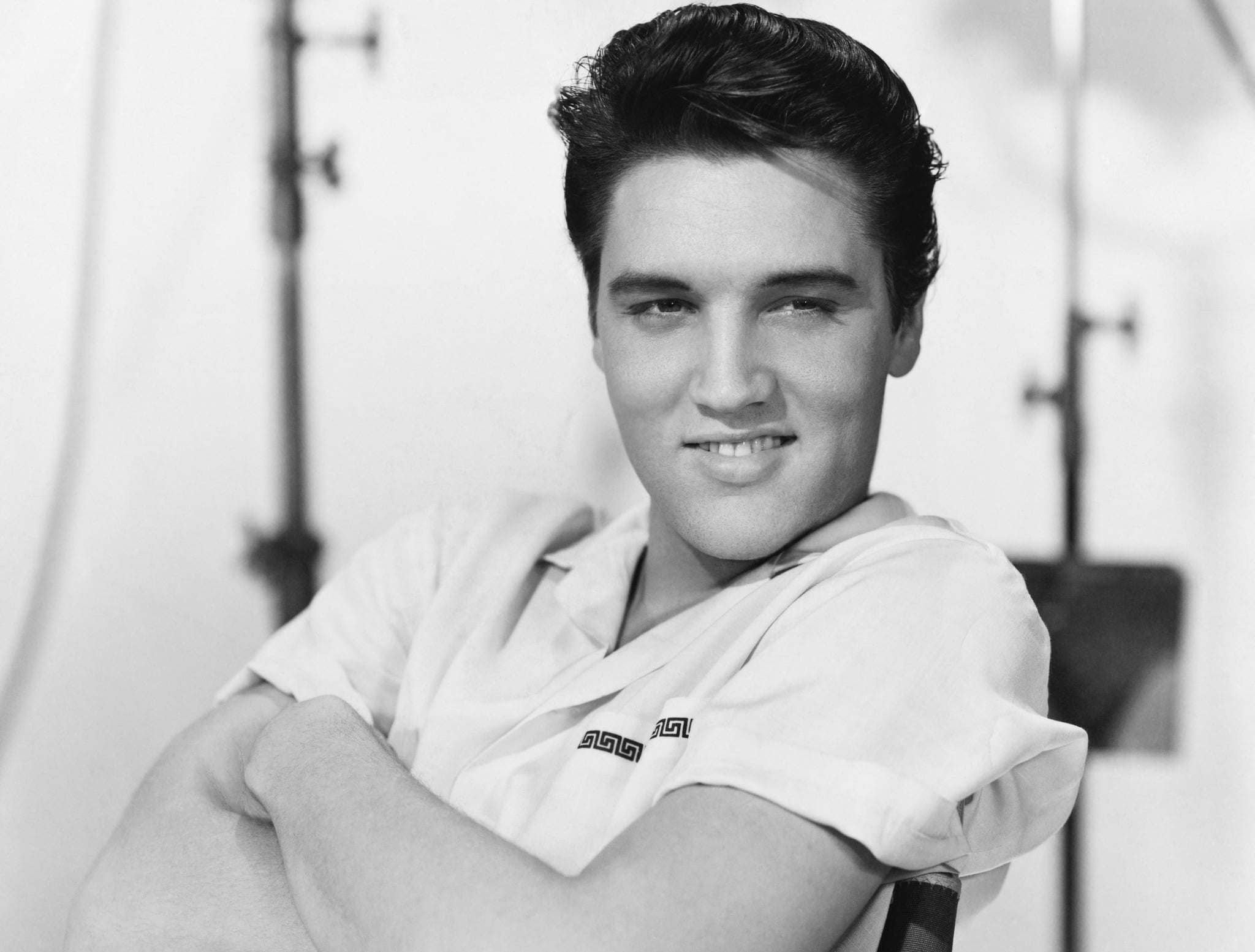types: the old established universities, such as Oxford (founded 1249),
Cambridge and Edinburgh. Oxford and Cambridge together are often
Manchester; the new universities established after World War IT, such
as Essex, Lancaster, The New University of Ulster.
Characteristics of the universities:
The old universities consist of a collection of independent colleges.
Together they form the university, which is governed by a senate, the
main decision-making body in the university. Some 19th century
universities have a combination of independent colleges and research
institutes. London University is an example. Other universities
developed during the 19th century out of single university colleges in
provincial cities. Because their original buildings were often built of
brick, they are sometimes called 'redbrick' universities. The new
universities were founded after World War II because the demand for
higher education had increased.
So many more people wanted to study for a degree after 1945 that
even the building of new universities did not solve the problem. In
certain areas of the country, the existing colleges of technology and
other further education colleges were combined to form polytechnics.
Thus, Britain was able to meet the increasing demand for higher
education degrees. There are now 30 polytechnics, offering courses in
the full range of subjects, from engineering to art. The Council of
National Academic Awards (CNAA) supervises polytechnic
examinations and makes sure that a high standard is maintained in all
polytechnics.
Some special features of British university life:
Over 90% of full-time students receive grants from public or private
funds. The grants are paid towards tuition and living costs. Higher
education is free for those people whose parents' income is below a
certain level. Degree courses, leading to a B.A. or B.Sc, usually take
three years. It is almost impossible to move from one university to
another during a degree course, but if you do that, you will have to
begin the course again.
University students attend lectures.They also attend tutorials. These
are discussion classes for a small group of students. In these classes, a
tutor sets work for his students. Then, the teacher and the students get
together every week or fortnight to discuss and criticise the work done
by each student.
















